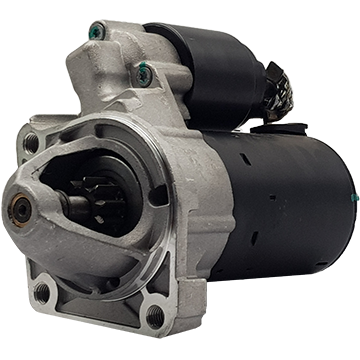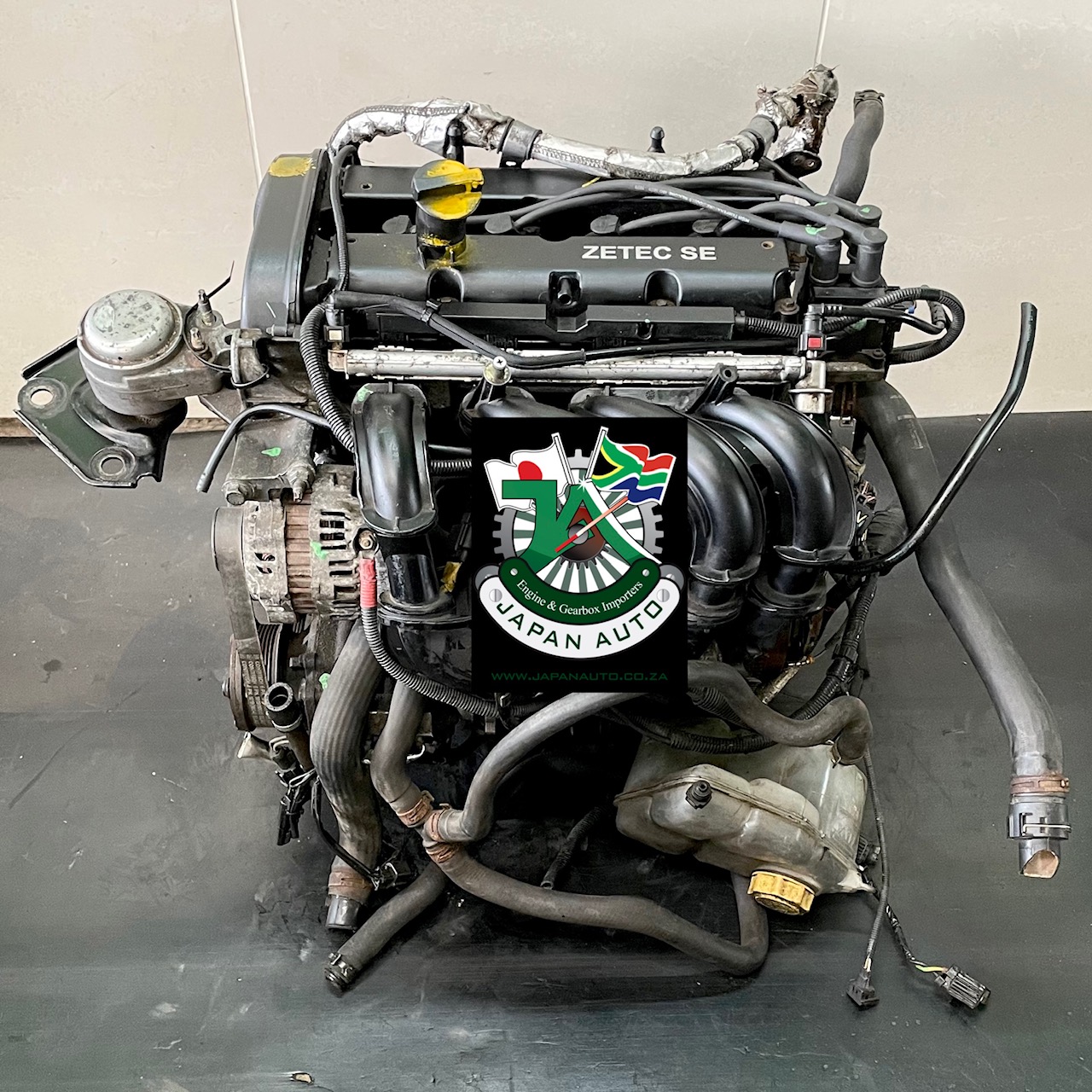Why Regular Maintenance of Your Ford Fiesta Engine Is Essential
Why Regular Maintenance of Your Ford Fiesta Engine Is Essential
Blog Article
Checking Out the Evolution of Engines: From Timeless Layouts to Modern Marvels
From the preliminary steam engines that powered the Industrial Revolution to the introduction of inner combustion engines that transformed movement, each phase has contributed to better effectiveness and ability. As we analyze these milestones, one must think about how the future of engine style may unravel, testing our understandings of power and efficiency.
The Birth of Engine Technology
The development of engine modern technology marked a critical minute in human innovation, transforming power conversion and transportation. The earliest engines emerged from the requirement to harness mechanical power for useful use, leading to the growth of gadgets that transformed different energy types into movement (ford fiesta engine).
The growth of the interior combustion engine and the development of the vapor engine catalyzed a profound change in commercial abilities. These engines not only enhanced performance yet also expanded the scope of human wheelchair, allowing extraordinary transportation opportunities. The early prototypes prepared for the mechanized globe, helping with the surge of markets and reshaping social structures.
As engine styles progressed, they incorporated innovative products and advanced engineering principles, leading the way for modern developments - ford fiesta engine. The birth of engine modern technology fired up an unrelenting quest of efficiency and power, establishing the phase for the dynamic evolution of transport and commercial equipment that would certainly adhere to
Vapor Engines and Their Effect

The vapor engine's effect was especially evident in the transportation field (ford fiesta engine). Steam-powered locomotives helped with the fast movement of goods and people across large distances, effectively reducing the geographical obstacles that had formerly hindered profession and interaction. Steamships changed marine traveling, allowing for quicker and much more reputable crossings of seas and rivers.
In market, heavy steam engines powered manufacturing facilities, allowing automation and the increase of urban facilities as centers of economic task. This shift not only altered labor dynamics but additionally added to the appearance of a consumer-driven society. Steam technology promoted developments in engineering and manufacturing procedures, laying the groundwork for future developments in engine design. The legacy of vapor engines is profound, mirroring a turning point in human ingenuity and the unrelenting pursuit of progress.
The Rise of Interior Combustion
Often eclipsing heavy steam power, the surge of interior burning engines noted a transformative shift in transportation and market during the late 19th and early 20th centuries. The advancement of these engines, identified by their ability to melt fuel within the engine itself, made it possible for better effectiveness and power contrasted to typical steam engines. Pioneering creators such as Nikolaus Otto and Rudolf Diesel played vital duties in improving engine designs, leading to widespread fostering in vehicles, boats, and industrial machinery.
The inner burning engine's compact size and fairly lightweight nature facilitated the emergence of personal vehicles, transforming private flexibility and improving city landscapes. By allowing faster traveling and the reliable transportation of products, these engines catalyzed financial development and cultivated globalization. The adaptability of gas choices, including gasoline and diesel, additionally improved their appeal, permitting diverse applications throughout numerous fields.
In spite of the ecological concerns that would certainly later on occur, the preliminary attraction of internal burning technology lay in its transformative possibility. As culture accepted this advancement, the structure was laid for contemporary transport systems, developing inner burning engines as a foundation of industrial innovation and day-to-day life throughout the 20th century.
Advancements in Engine Effectiveness
As internal combustion engines became important to transportation and market, the emphasis shifted in the direction of enhancing their efficiency to fulfill expanding demands for performance and sustainability. Developments in engine style, product science, and innovation have actually dramatically contributed to this development.
One significant innovation is the growth of turbocharging, which allows for raised air consumption, causing more complete fuel burning and enhanced power output without enlarging engine dimension. Furthermore, variable valve timing systems have actually been implemented to maximize engine performance across different RPM ranges, consequently enhancing fuel performance.
The use of advanced gas injection innovations, such as direct injection, has additionally played a critical role. This method allows for more exact control over the fuel-air mixture, advertising far better burning and minimizing discharges. Light-weight products, including aluminum and composite elements, have actually been adopted to minimize general engine weight, leading to enhanced efficiency.
These advancements reflect a broader fad within the automotive sector, where the harmony between engineering advancement and environmental considerations drives the continuous mission for greater performance in interior combustion engines. Therefore, contemporary engines are currently extra effective, cleaner, and efficient than in the past, leading the way for an extra sustainable future in transportation.
The Change to Electric Power
With expanding worries over environmental influence and fossil fuel reliance, the automobile sector is experiencing a significant change towards electrical power. This change is driven by a combination of technological improvements, governing stress, Check This Out and changing customer browse this site choices. Electric automobiles (EVs) use an engaging option to typical inner burning engines, flaunting lowered greenhouse gas emissions and lower operating expenses.
The rise of battery modern technology has actually been a game changer, with lithium-ion batteries coming to be more reliable and economical. Boosted energy thickness and faster charging abilities have made EVs more useful for daily use. Federal governments worldwide are executing rewards and establishing ambitious targets for phasing out fossil gas cars, therefore increasing the adoption of electric power.
Significant automakers are investing heavily in r & d, causing the intro of a diverse variety of electrical versions. This includes not only auto yet additionally commercial lorries and public transport services. As charging facilities expands and battery modern technology remains to improve, the shift to electrical power is positioned to improve the automobile landscape, promoting sustainability and advancement in the years ahead. The future of transportation is electrical, and the energy is undeniable.
Final Thought
The development of engine modern technology stands for a considerable trajectory of advancement that has actually exceptionally affected transportation and industry. From the foundational steam engines to the transformative interior combustion engines, each growth has actually contributed to boosted wheelchair and economic development.

Report this page